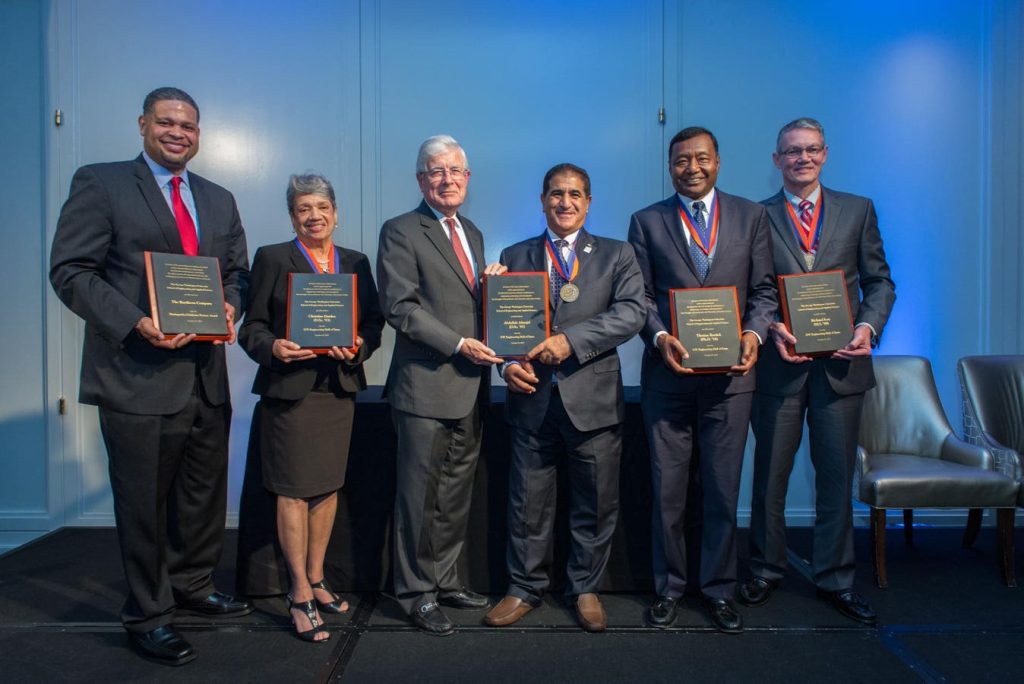In 2017, Dr. Christine Darden was inducted into the George Washington University School of Engineering and Applied Science Hall of Fame, alongside her groundbreaking work in the space race, highlighted in the book “Hidden Figures”. This raises the question of who will follow in her footsteps and how businesses and government can help create a pipeline of African American women in STEM fields. Underrepresentation of African Americans, especially women, in STEM professions has significant implications for innovation, competitiveness, economic growth, social responsibility, equity, research and development, and public health and safety.
Despite African Americans making up 13-14% of the U.S. population, they account for only 6-7% of the total STEM workforce, with African American women representing just 2% of scientists and engineers in the country. Early interest in STEM studies can decline as early as elementary school, particularly in grades four to six. Public and private sector organizations can help by serving as role models and mentors, providing resources such as lab materials, hands-on experiences, and field trips to showcase STEM in action. Creating supportive and inclusive environments is essential for all employees to thrive as part of a team.
African American college students face a lack of representation among their peers and professors, which poses a retention challenge in STEM fields. This diversity challenge varies by specific STEM discipline or occupation, with biotech companies facing historically underrepresented diverse populations in clinical trials. Companies should strive for leadership that mirrors the diversity of those they serve and implement mentorship programs to cultivate trust within underserved communities. Programs like Ginkgo Bioworks’ Cultivate Fellows can provide support and networking opportunities for Black STEM scholars interested in synthetic biology.
Engagement in developing a diverse and inclusive workforce is key for businesses to enhance competitiveness and innovation capabilities in a global economy. Personal engagement with students, like advocating for STEM education and emphasizing practical applications and perseverance, can make a difference in inspiring future STEM professionals. Role models and mentors play a crucial role in guiding students towards STEM career paths.
The legacy of Dr. Christine Darden and her Hidden Figures colleagues emphasizes the importance of diversity in STEM. Their efforts continue to impact space exploration today. It is crucial for the public and private sectors to invest in the future of STEM education, starting with young students. By fostering, developing, advancing, and ensuring a brighter future for all, we can inspire the next generation of STEM professionals and continue to push boundaries in science and technology.


